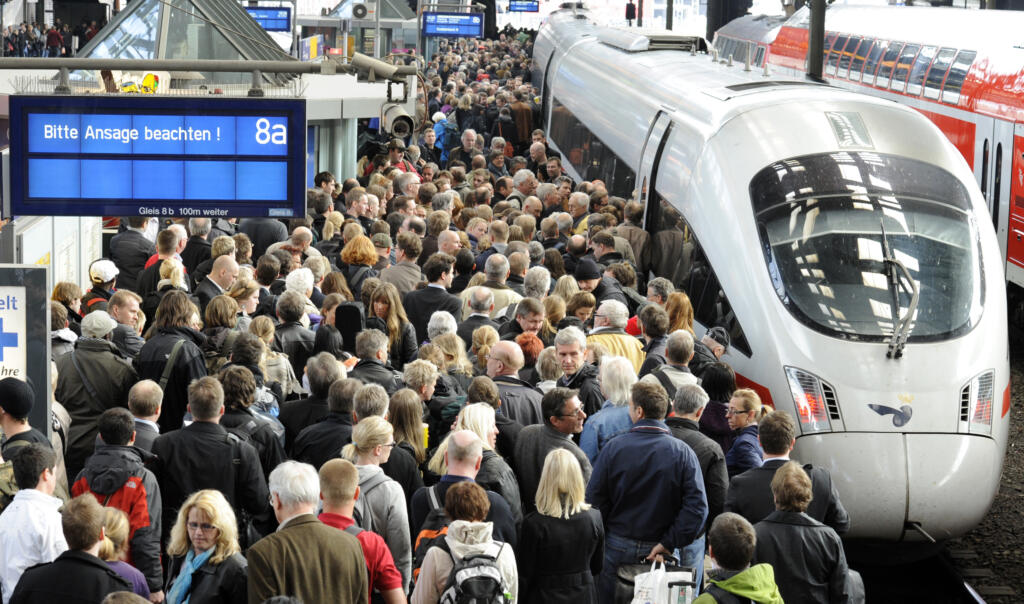C04Urban Control Regimes
The project examines train stations as exemplary infrastructures of human differentiation.

Urban train stations are traffic junctions where many people meet and mingle. In order to ensure the functioning of operations, station infrastructures rely on procedures for regulating, classifying and sorting people ('control regimes'), in which different human categories (such as class, gender, nation, etc.) are used.
How are human differentiations socio-technically produced at the station, discursively negotiated, and operationally and materially stabilized?
The project combines a study on infrastructures of external categorization with a media history of surveillance and mobility control. From a diachronic perspective, it analyzes the continuities and discontinuities of infrastructuring human differentiation at the train station. On the basis of a cultural analysis of infrastructure, the project contrasts two cases of controversial negotiations that illustrate how human differentiation is infrastructured:
- the establishment and organization of control regimes at early train stations in the 19th century (Paris, London) and
- model tests with digital surveillance in the 21st century ('security station' Berlin Südkreuz, 'intelligent video surveillance' in Mannheim)


